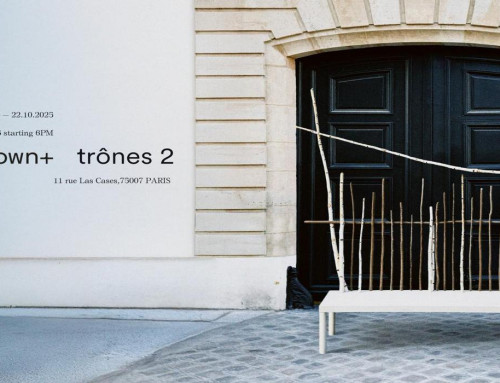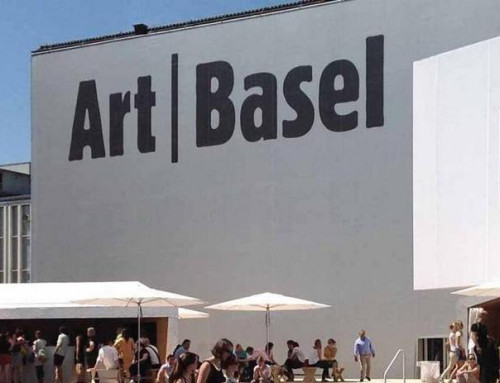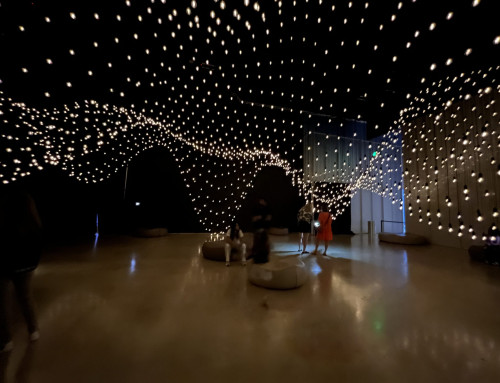Why is kinetic art still relevant when we find ourselves in a moment when Artificial Intelligence has progressed exponentially?
Perhaps we can say that kinetic art is not about the advancement of science and technology, as it is an art that moves among subtle nuances of material object, creativity and soulfulness. It offers an everlasting, everchanging opportunity of perception and experience through the play of movement and gravity.
This is why we believe that an artist like Le Parc is not only still relevant, but has gained even stronger notoriety than his generation in the 1920s, a pivot time in history that marked great social, political and technological changes.
Born in Mendoza, Argentina in 1928, Le Parc became one of the most influential pioneers of both kinetic and optical art. His work stands out for transforming light, color, and movement into participatory experiences rather than static objects. Le Parc invites viewers to engage—literally and perceptually—with ever-shifting fields of reflection, vibration, and shadow.
Rejecting artistic hierarchies, he has always sought to democratize beauty, aligning art with social consciousness and collective emotion. What makes Le Parc extraordinary is his ability to merge scientific precision with poetic playfulness—turning geometry into sensation and turning the act of seeing into an act of freedom.







